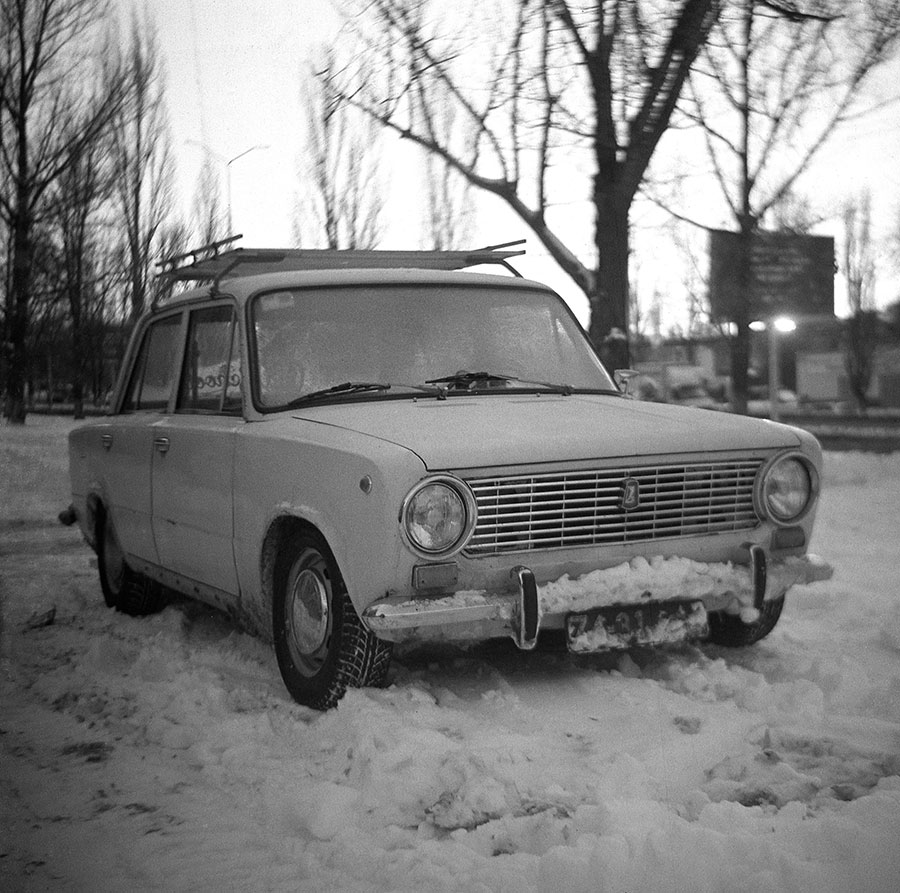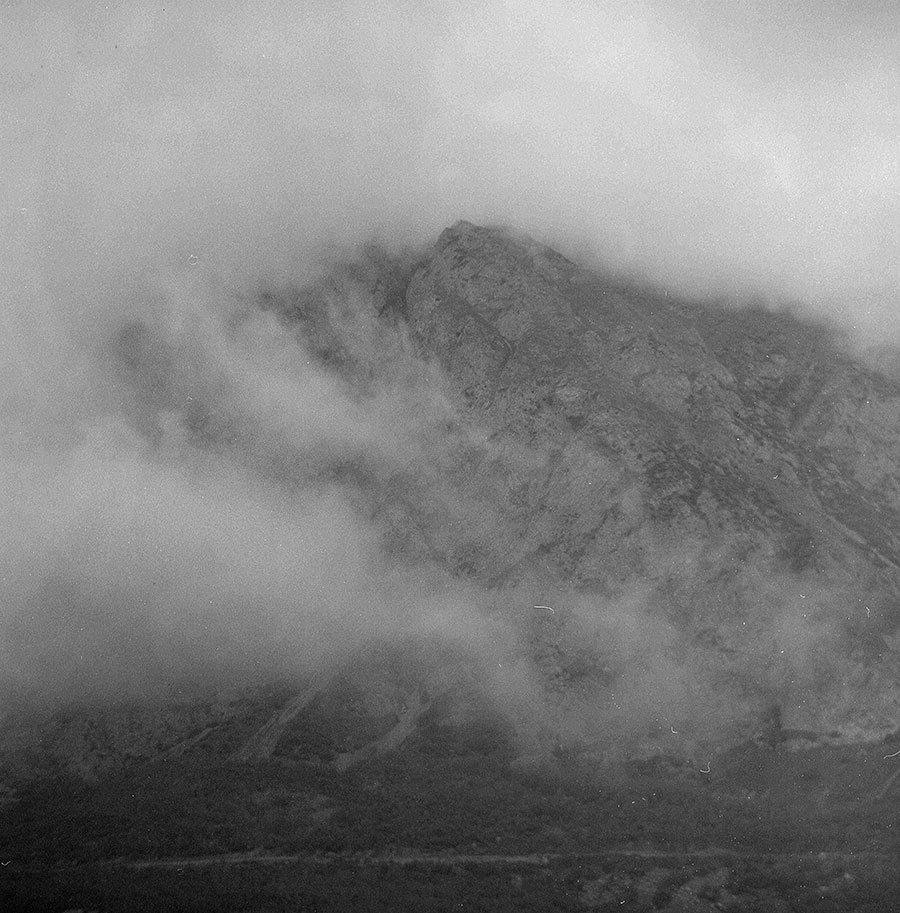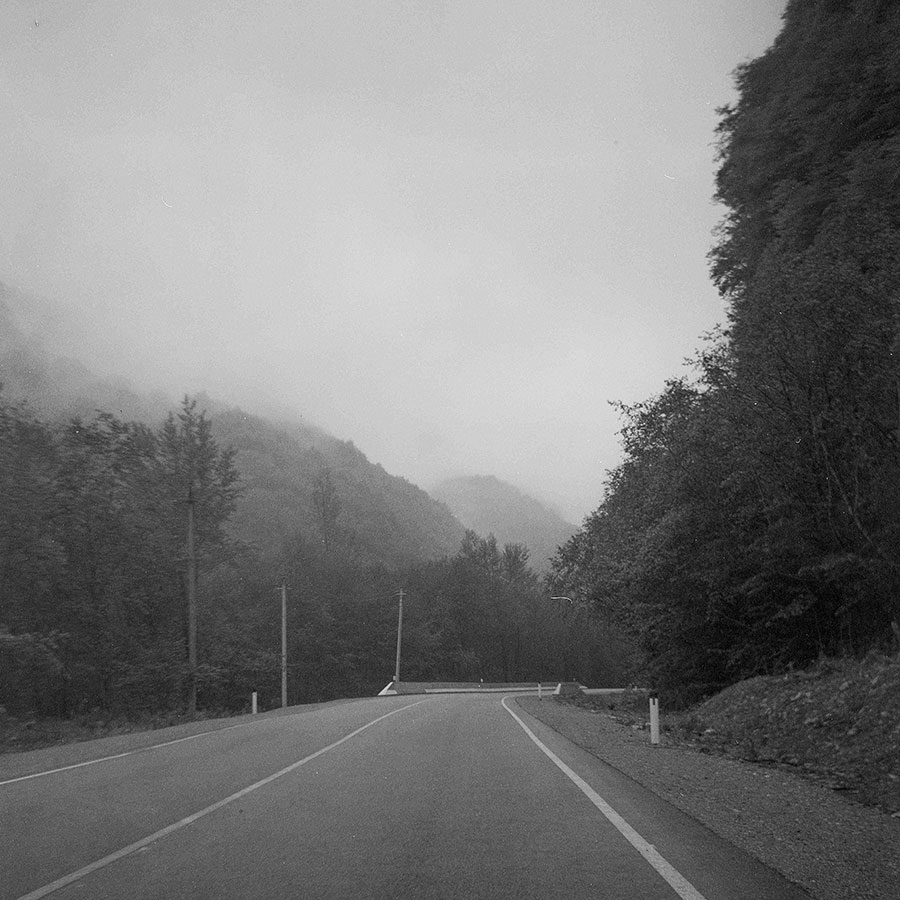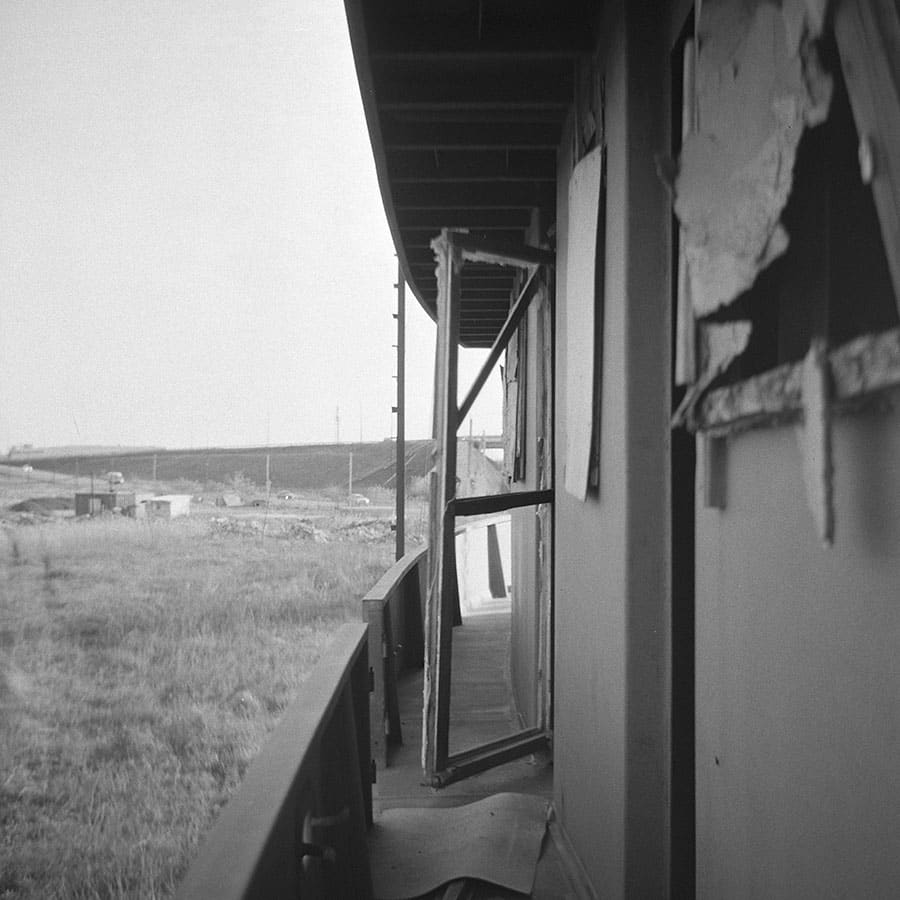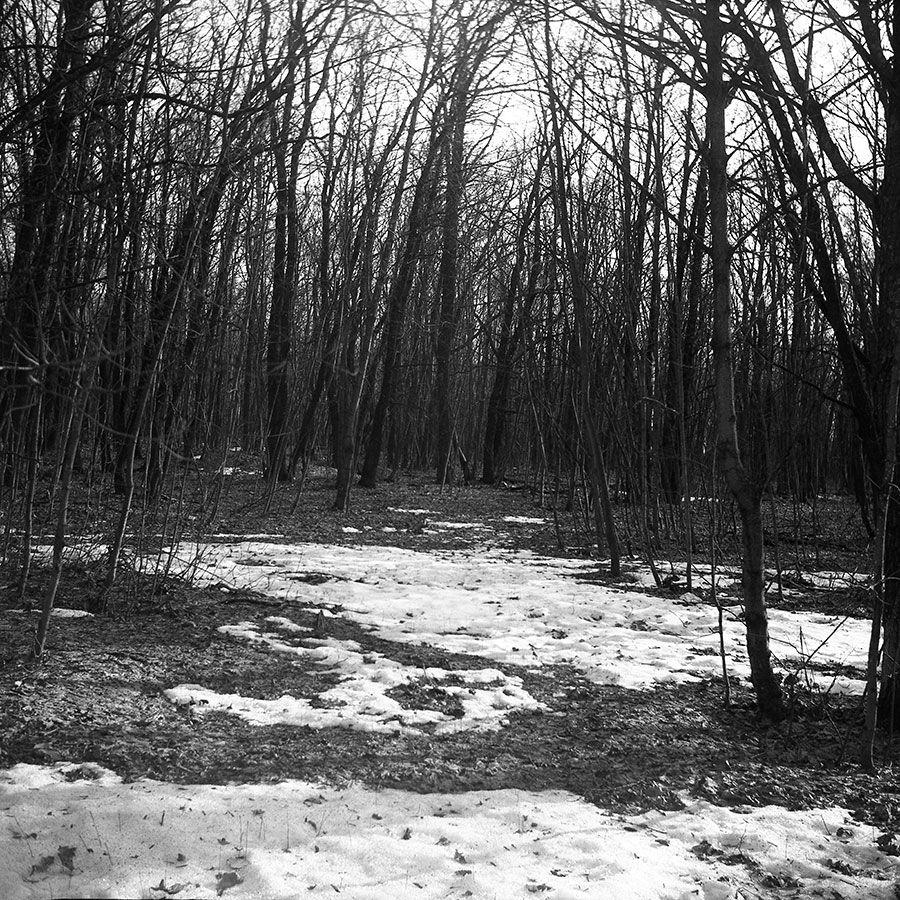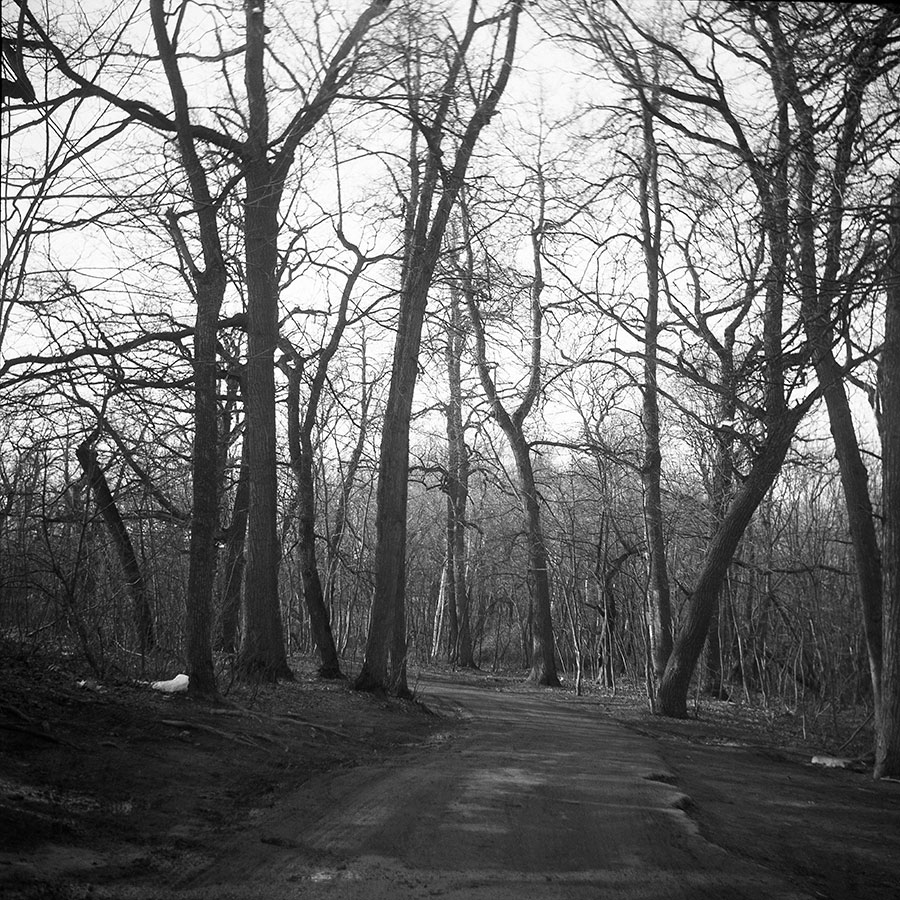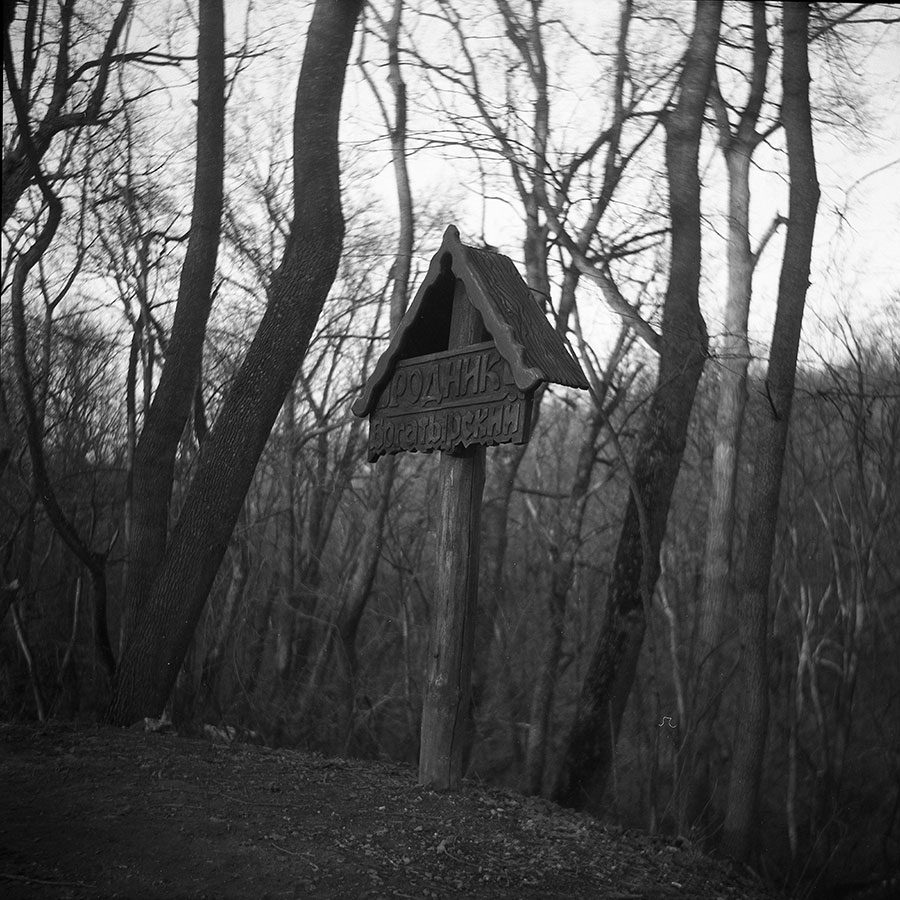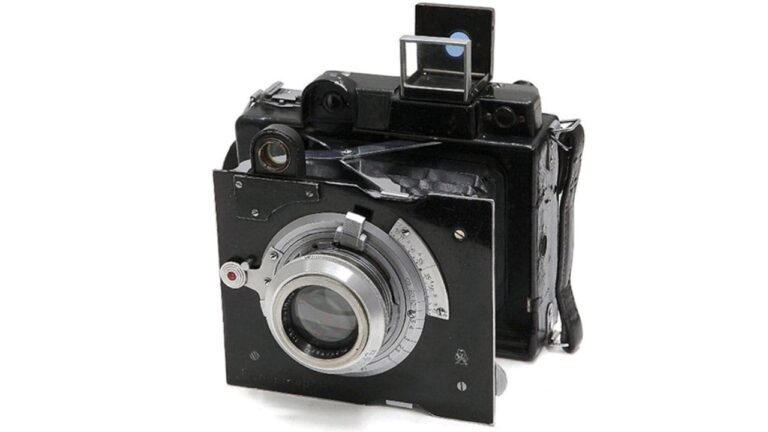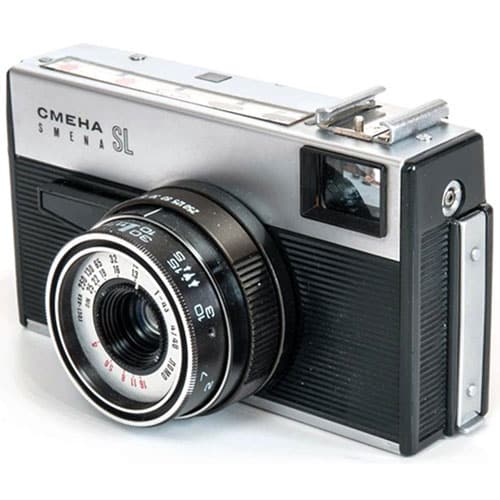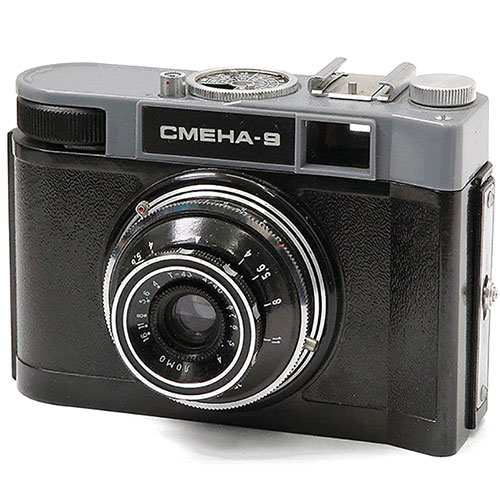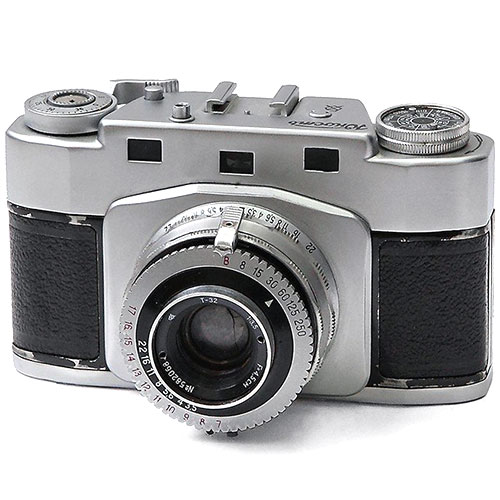Lubitel
Lubitel is a Soviet medium format 6×6 TLR camera that was manufactured at the Leningrad Optical and Mechanical Association (LOMO).
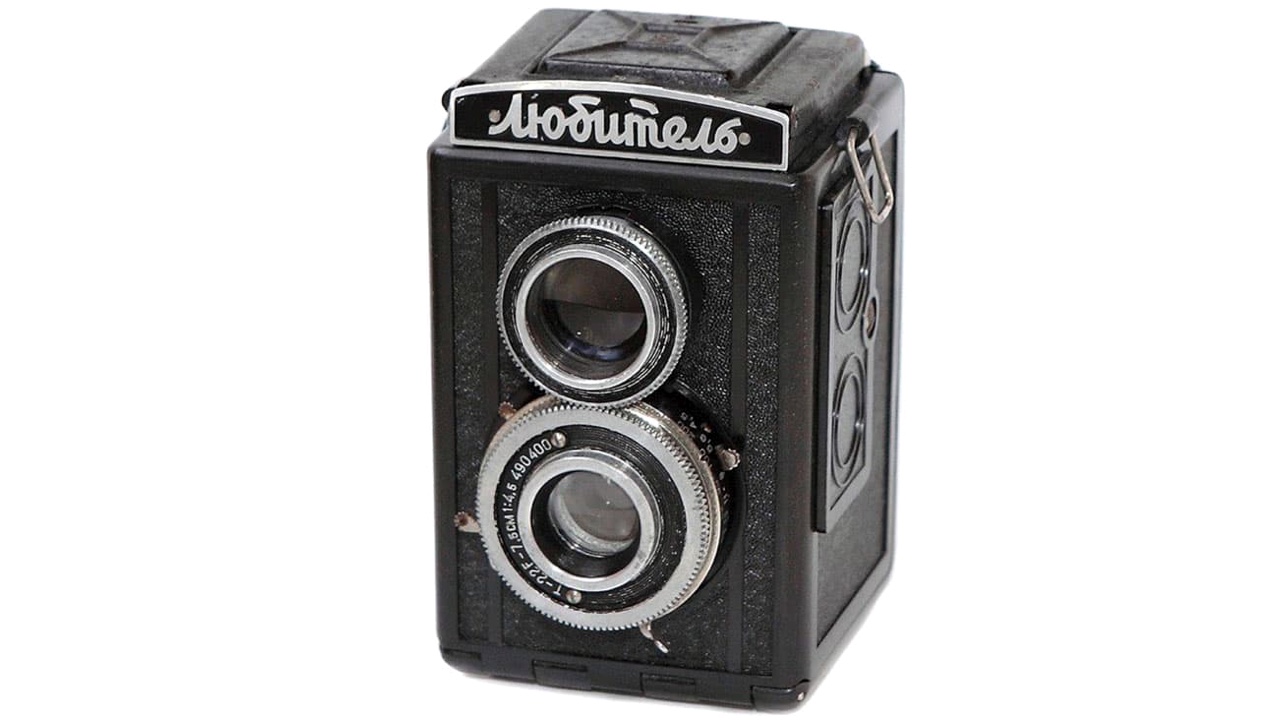
Lubitel Specifications
- Type: 120 film TLR camera
- Manufacturer: LOMO plant
- Production period: 1950–1956
- Format: 6×6 cm on 120 film
- Lens mount: fixed
- Taking lens: T-22 f/4.5 75 mm
- Viewing lens: f/2.8 75 mm
- Shutter: leaf shutter with speeds from 1/15 to 1/250 sec
- Viewfinder: waist-level finder
- Light meter: none
- Flash synchronization: none
- Self-timer: none
- Weight: 570 g
Lubitel Overview
The Lubitel is a medium-format twin-lens reflex camera produced by LOMO in Leningrad between 1950 and 1956. It follows the Komsomolets, improving some aspects of its design.
The name “Lubitel”, which translates into Russian as “amateur”, reflects its main goal: to make medium-format photography accessible to beginners, while maintaining a decent level of optical quality.

Like its predecessor, that is, the Komsomolets camera, the Lubitel was created on the basis of the German Voigtlander Brillant, which also was a pseudo-TLR camera.
Unlike Komsomolets and Voigtlander Brillant, Lubitel was a real TLR camera, that is, it had a round dot of ground glass in the center of the viewfinder.

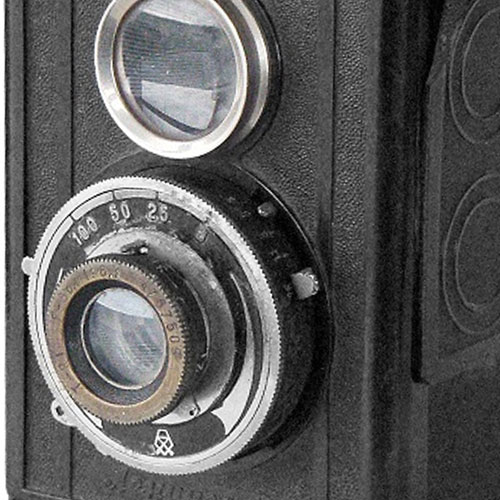
The camera uses 120 roll film and produces 6×6 cm negatives. The viewing lens of the camera, an achromat with an aperture of f/2.8, is mechanically coupled to the taking lens through a system of geared rings.
This is a key difference from the Komsomolets, which relied on scale focusing only. This improvement allows true focusing on a small ground-glass circle in the center of the finder.
Lubitel Lens
The Lubitel uses a Triplet T-22 4.5/75 mm lens, a coated three-element optic based on the Cooke triplet scheme. This lens remains fixed and is integrated into the front shutter block.
The optical design provides a sharp central image with gradual softening toward the edges, which is typical for medium-format triplets of the early 1950s. The aperture is adjustable from f/4.5 to f/22.
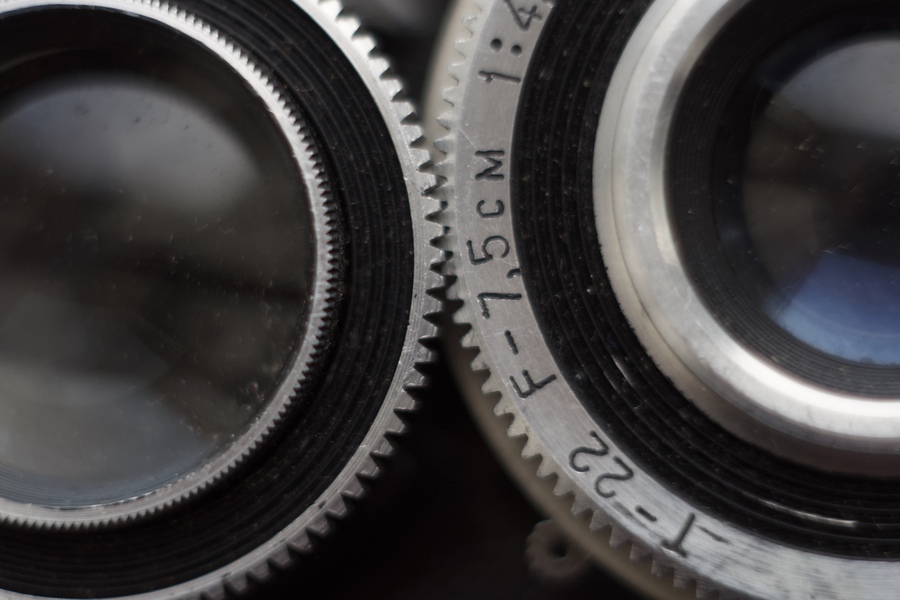
The viewing lens placed above is a simpler achromatic element with an aperture of f/2.8 and the same 75 mm focal length. Both lenses are mechanically linked through a system of geared rings, so focusing the lower taking lens simultaneously moves the upper one.
This synchronization enables accurate visual focusing on the ground glass circle in the center of the viewfinder. The focusing range extends from 1.3 meters to infinity.

The coupling of lenses and the presence of a bright upper optic give the Lubitel a significant improvement over its predecessor, the Komsomolets, which lacked a focusing linkage. The image seen in the waist-level finder appears laterally reversed but maintains correct vertical orientation.
In practical use, the Triplet T-22 lens delivers images with moderate contrast and characteristic vintage rendering. The coated glass helps slightly control flare, though backlight can still lower contrast.
At f/8–f/11, the lens delivers fairly good sharpness, producing detailed negatives across most of the 6×6 frame. However, in our opinion, this lens performs best at its widest aperture, delivering the full range of its characteristic image qualities.
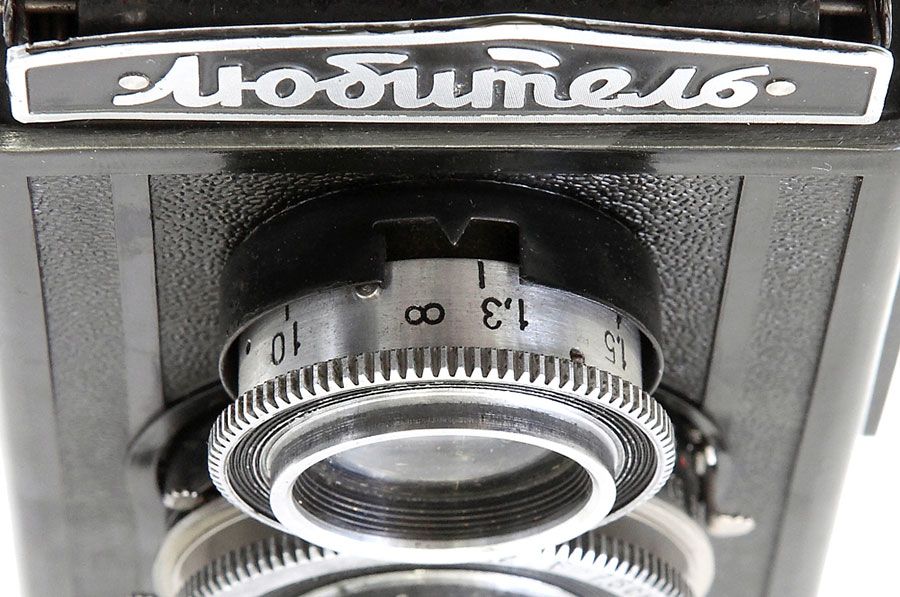
Lubitel Shutter
The Lubitel is equipped with a central leaf shutter integrated into the lens block – a simple and fairly durable mechanism consistent with early LOMO medium-format TLRs.
It is a mechanical, spring-driven unit that operates quietly and with minimal vibration. The shutter offers five speeds — 1/10, 1/25, 1/50, 1/100, and 1/200 seconds – plus the Bulb (B) mode for long exposures.

As in all soviet medium format cameras, exposure settings are adjusted manually. A small lever on the right side of the lens cocks the shutter before each shot.
The release lever sits just below it, positioned for operation by the right hand. On the left side of the lens housing, a separate aperture lever controls the diaphragm, with values marked from f/4.5 to f/22.
The shutter assembly is located between the optical elements of the taking lens, ensuring uniform exposure across the frame. This is a notable advantage over focal-plane shutters used in larger SLR systems. It also makes the Lubitel quieter and more stable when shooting handheld.

There is no self-timer or flash synchronization on the first version of the camera; these features appear only in later models such as the Lubitel-2. Despite this, the reliability of the shutter is impressive – with proper maintenance, it continues to fire accurately even decades later.
Camera Body and Controls
The Lubitel has a compact and simple box-type body made of black bakelite with metal fittings. The design follows the same general layout as its predecessor, the Komsomolets. The camera measures roughly 135×90×90 mm and weighs about 600 grams. It is very light for a twin-lens reflex of its era.
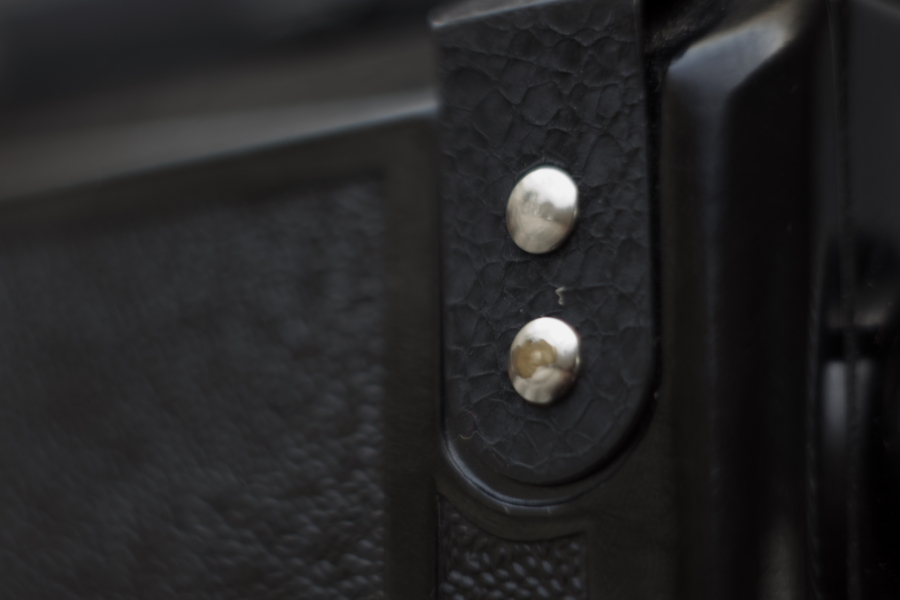
The upper part houses a waist-level viewfinder with a folding metal hood. The hood opens upward, revealing a bright viewfinder screen with a small central focusing circle.
A built-in framing window on the hood allows quick composition when shooting from chest height without using the screen itself – a useful feature for outdoor portraits or street photography.
Film advance is done by turning the right-side winding knob. Each frame is controlled through a red window on the back cover, where frame numbers on the paper backing of the film appear. The Lubitel does not include a mechanical frame counter or automatic stop.

The build quality of the Lubitel body is typical of early LOMO production – simple but precise. The bakelite casing is smooth and slightly reflective.
The inner surfaces are slightly coated to reduce flare. Many users applied additional matte black paint or paper lining to further improve contrast inside the film chamber.
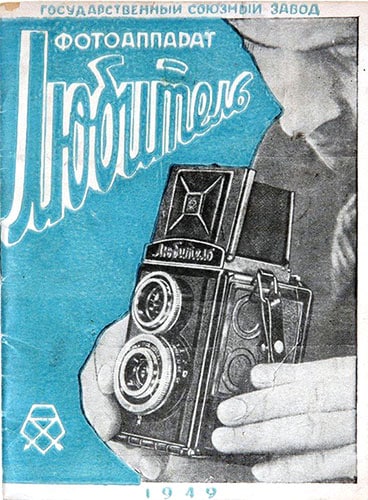
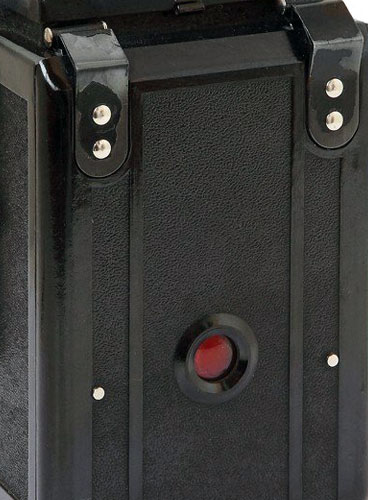
Conclusion
So what can we say about this little cute TLR camera?
The Lubitel is not a Rolleiflex or a Voigtländer, but it was never meant to be. What it offers is a simple, well-built and affordable way to enter medium-format photography.
Among Soviet TLRs, it remains one of the most accessible cameras both in price and operation.
Despite its simplicity, the Lubitel delivers sharp and characterful images with a distinctive vintage look typical of mid-20th-century optics.
Its mechanical shutter, waist-level finder, and direct manual controls make the shooting process tactile and deliberate.
This camera represents the core idea behind post-war GOMZ design – reliability, simplicity, and basic functionality. For anyone interested in experiencing classic medium-format film photography, the Lubitel still provides an authentic and satisfying way to do it.
LUBITEL Sample PHOTOS


